From classics like Survivorman to long-running series like Alone, we've enjoyed many TV shows in the broader survival genre. Whether they lean more toward hard-core realism or entertainment value, there's almost always something valuable we can glean from the comfort of our couch — even if it's just “I'm never going to make the same dumb mistake that person did.” The latest addition to this genre, Netflix's Outlast, incorporates a competitive group dynamic that's reminiscent of Lord of the Flies. The series' tagline, “the enemy isn't Mother Nature, it's human nature,” attests to this fact.
We spoke with series Executive Producer Grant Kahler regarding the intricacies of planning Outlast, keeping the contestants and crew safe, and what it takes to survive in the Alaskan wilderness. If you're not already familiar with the show, you can watch it on Netflix now. Otherwise, read on for our exclusive Q&A with Kahler. And for those who haven't finished the series, don't worry, it doesn't contain any spoilers.
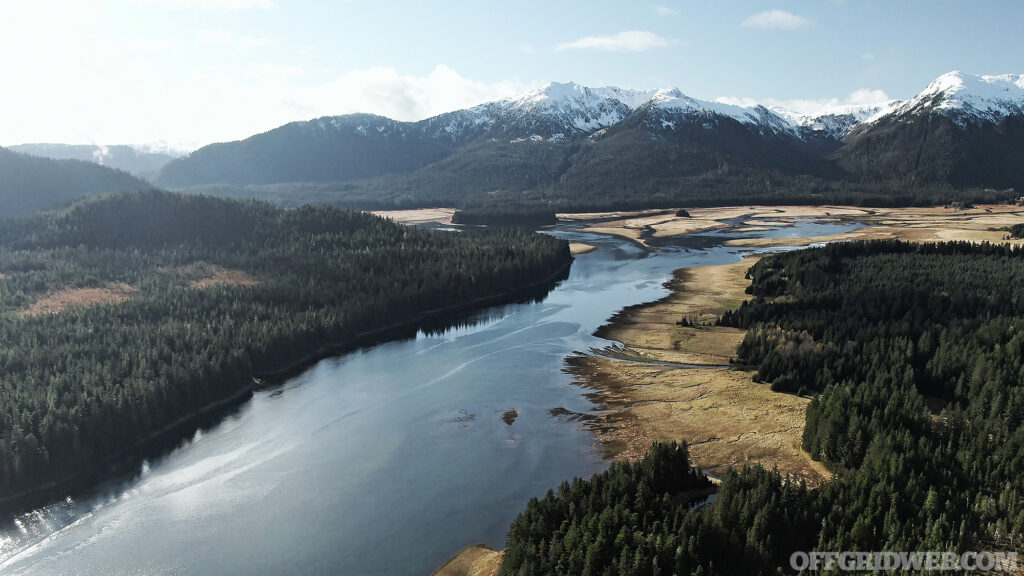
Above: The rugged Alaskan wilderness served as the setting for this eight-episode series.
Behind the Scenes of Outlast
RECOIL OFFGRID: Tell us a little bit about yourself and how you got into TV/movie production.
Grant Kahler: Being in TV production is simply something I always wanted to do. After college I moved to New York, and my first job was in TV production on a television show called Ed for NBC. I worked in every aspect of production, from directing to accounting, on projects from Bruckheimer films to independent music videos, and eventually landed in documentary and unscripted TV production.
What exactly does an executive producer do?
There’s a huge range of responsibilities that an executive producer might be responsible for — from simply helping with the development of a show to physically being in the field and making the show. My role on Outlast was a little of both. I created the format as well as oversaw production from creative to logistics.
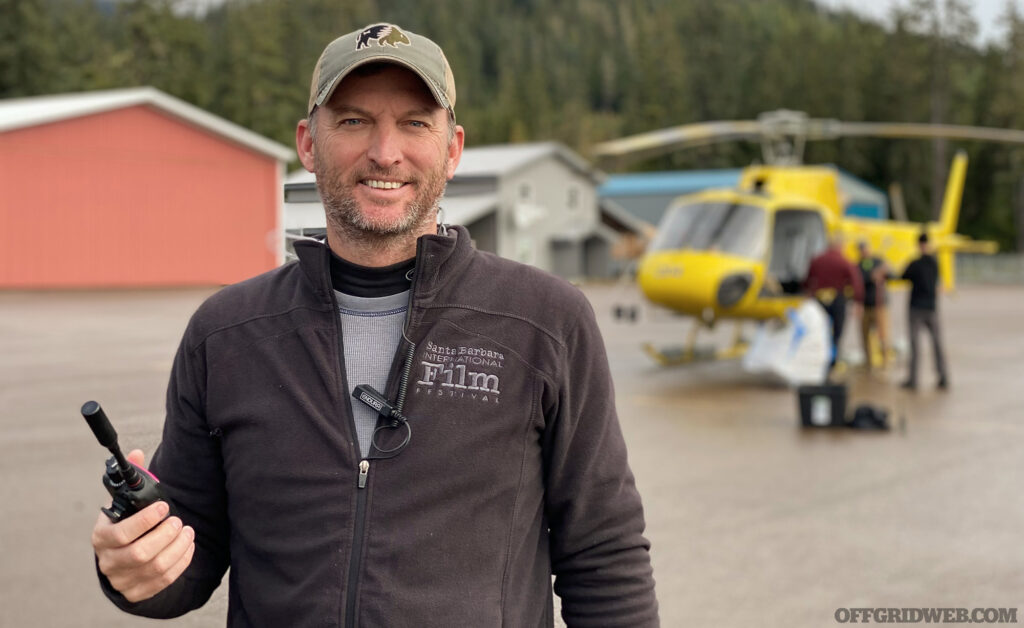
Above: Executive Producer Grant Kahler said capturing all the action in such a remote setting was both challenging and rewarding.
How did you get into survival reality shows, and what do you think the draw is for the audience in this kind of program?
I was originally drawn to this type of programming because I simply loved the environments we would shoot them in. I loved being deep in the jungles of Southeast Asia or up in the mountains of Alaska. I have lived in big cities most of my life, so the opportunity to get to go to these far-out places has always been a very special perk of the job for me.
And I think that is also part of the answer to the second part of the question — I believe that’s partly why people like to watch these shows. It’s in these beautiful places where we get to watch people as we take them back to the basics of human survival. Our society and technology has evolved so incredibly rapidly that I think it’s nice to see what life is like when we strip ourselves of those things — both physically and socially.
And there is always that question that a viewer asks themselves, “Could I do it?”
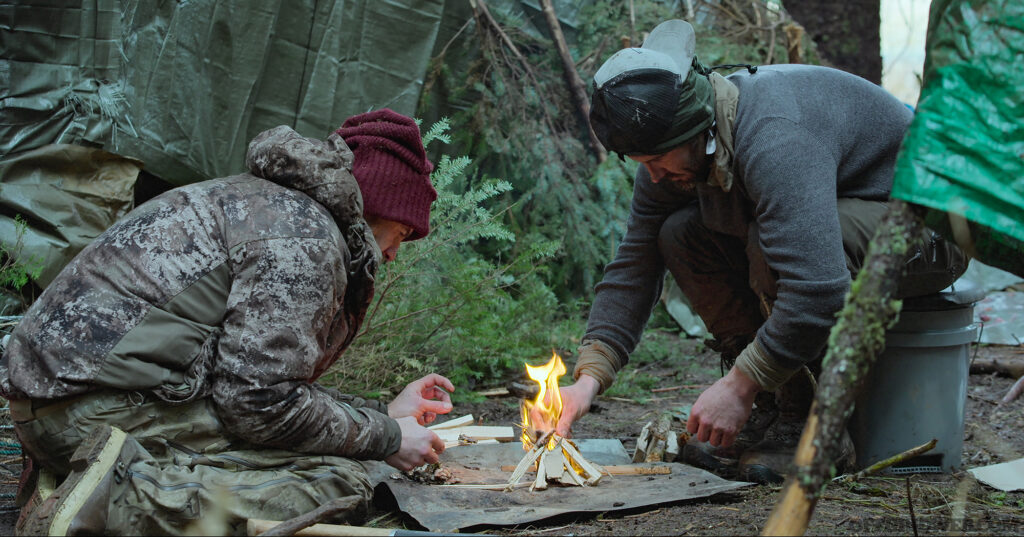
Logistically, what kind of hurdles do you face putting a show like this together?
I make these shows incredibly difficult on myself and my crew because location is always so important to me. With these extremely remote locations, often comes massive logistical challenges. But in the end, I think it’s worth it. It makes the experience more real for the cast, which often translates into a better show.
I’d say the number-one logistical challenge is transportation. I can’t count the number of times we have had to dig trucks out of ditches, race a rising tide to get to a destination, hike around washed-out roads, dig vehicles out of snow, or drag beached boats back to the water. We tend to film these shows in pretty extreme environments with little to no infrastructure, so transportation must be reimagined every time in order to move crew and allow for emergency access and evacuation.
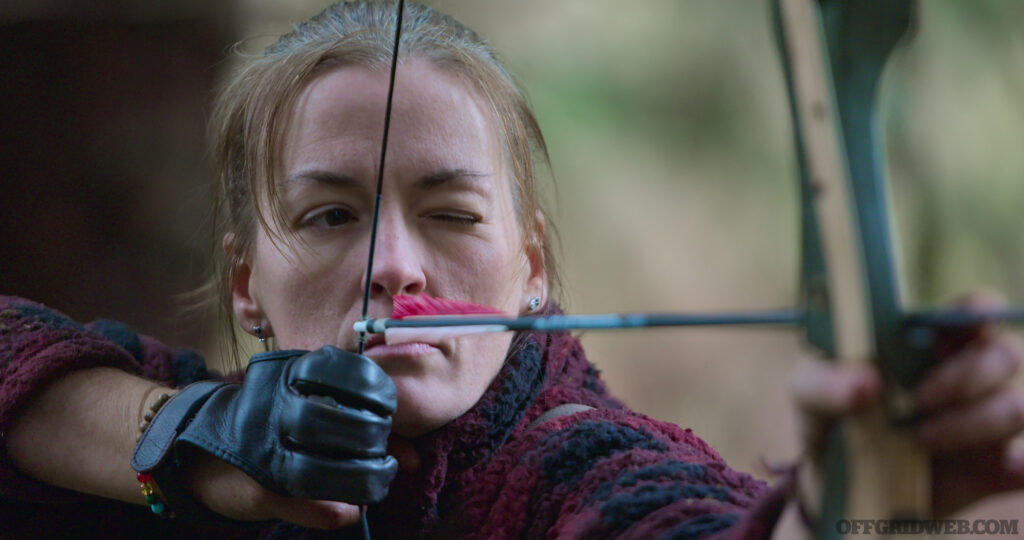
What kind of off-set or behind-the-scenes safety precautions are there for the contestants?
For Outlast, we always had medics and bear guards on standby in the event of an emergency. We had to constantly be aware that hypothermia or a bear mauling, among many other things, were very real possibilities. So, we employed people to be able to handle those situations.
What kind of support do you utilize, in terms of real-world survival experts, to conceptualize or guide the show through production?
I always bring in experts to help figure out the details of a show. On this one, for example, we hired an ex SBS operative (UK Special Forces) who has special jungle warfare, SERE and combat medicine training, among many other things. He’s an expert in all things survival, from both his military experience to personal interest, so I leaned on him a lot to help with the logistics and some creative decisions.
On Outlast, we were lucky to have a Native American village by the name of Hoonah about 30 miles from our location. We employed them to help with safety consultation, plant and animal questions, logistical support and just about everything else you can imagine. We couldn’t have pulled this off without the people of Hoonah.
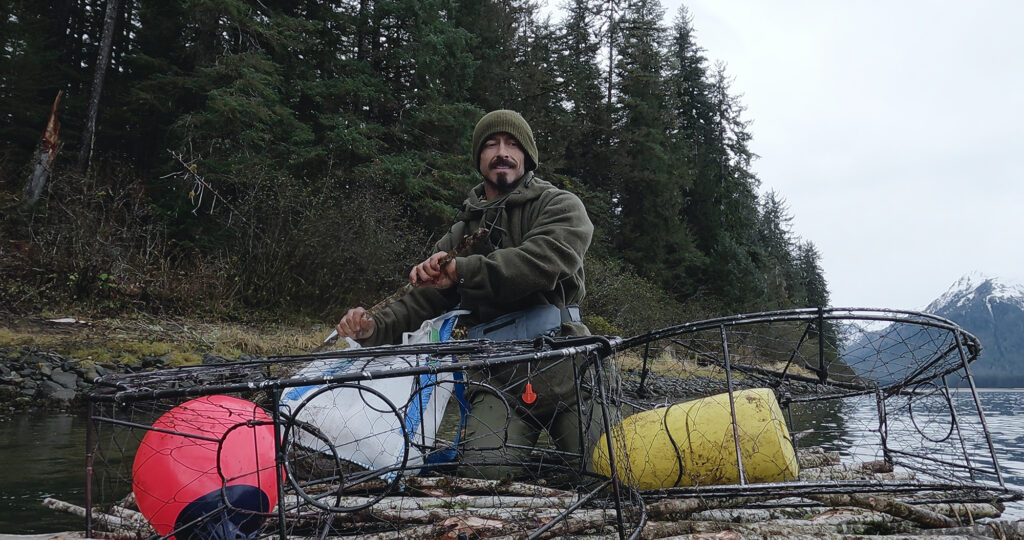
What do you look for in an Outlast contestant, and how do you find them?
This is hard to answer because it’s never one specific thing. Some people might have a unique skillset while others might simply have an interesting backstory. For shows like this, the only real requirement is that they have some sort of extensive outdoor experience. These are hard-core environments we’re putting people into, so for the sake of safety, they need to at the very least know what they might be getting themselves into.
We typically find cast through online forums, social media, or even outdoor gatherings. Oftentimes, it’s word of mouth that ends up getting the application to the right people.
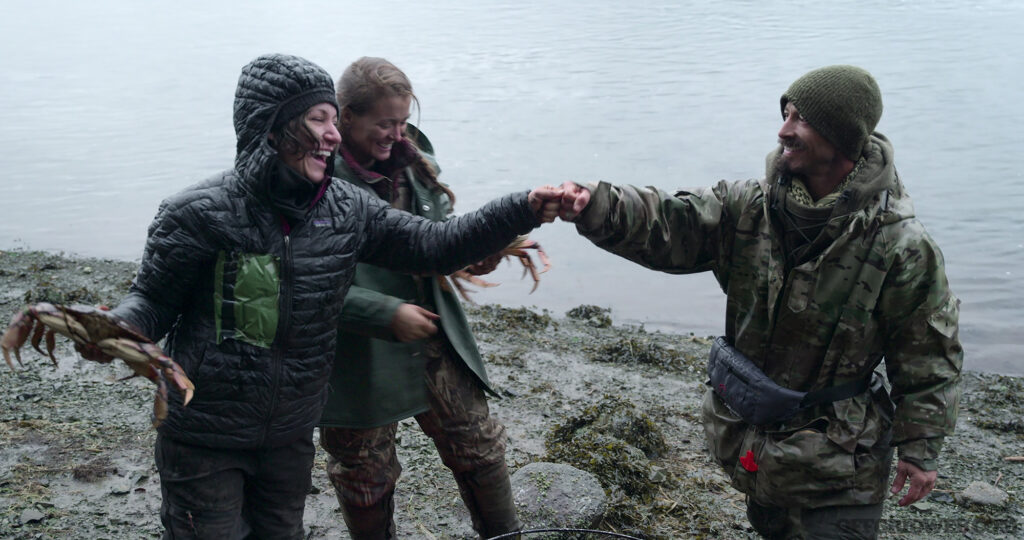
Above: As a result of the show's positive reception, Netflix has confirmed that it will be coming back for season two in the future.
Based on your experience/observation, what qualities does a successful contestant have?
At the end of the day, no matter what the format is, a successful contestant is going to be incredibly skilled in all things outdoors. All of the psychological, sociological, and strategic advantages go out the window if someone doesn’t have basic skills. Beyond that, they must be patient. People often don’t understand how difficult these shows can be to get through. Patience can be everything — something most people just don’t have anymore.
Read More
Subscribe to Recoil Offgrid's free newsletter for more content like this.
The post Outlast: Behind the Scenes appeared first on RECOIL OFFGRID.
By: Patrick Diedrich
Title: Outlast: Behind the Scenes
Sourced From: www.offgridweb.com/survival/outlast-behind-the-scenes/
Published Date: Mon, 04 Dec 2023 12:00:10 +0000
------------------------
Did you miss our previous article...
https://bushcrafttips.com/bushcraft-news/readers-survival-tips-superesse
 What is BushcraftSurvival SkillsToolsVideosBushcraft CampsBushcraft KitsBushcraft ProjectsPrivacy PolicyTerms And Conditions
What is BushcraftSurvival SkillsToolsVideosBushcraft CampsBushcraft KitsBushcraft ProjectsPrivacy PolicyTerms And Conditions
